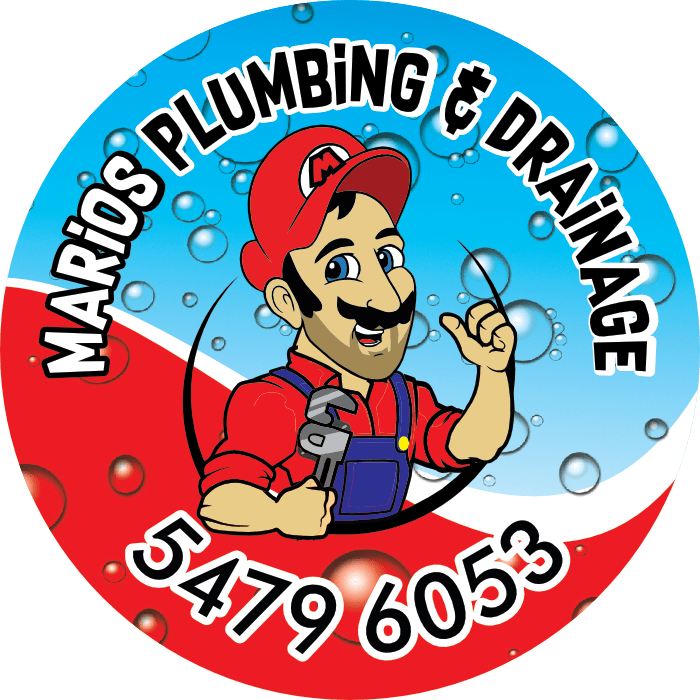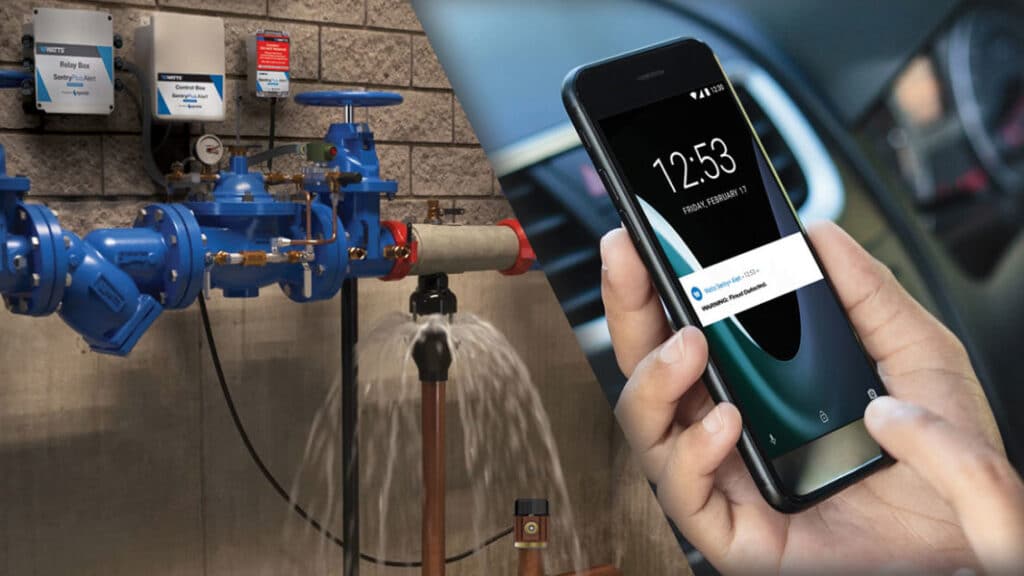Ever wondered how your tap water stays clean and safe? It’s not just luck – there’s a hero behind the scenes called backflow prevention. Let’s dive into why it’s so crucial for keeping our water supply pure and how it works its magic.
What’s Backflow, and Why Should You Care?
Backflow is when water in your pipes decides to go the wrong way. Instead of flowing out of your tap, it heads back into the main water supply. This can happen when there’s a sudden change in water pressure, like when firefighters use a hydrant or a water main breaks.
The problem? This backwards flow can bring nasty stuff into your drinking water. Think about all the places water goes in your home – toilets, garden hoses, even your washing machine. You definitely don’t want that water mixing with what you drink!
That’s where backflow prevention comes in. It’s like a one-way street sign for your water, making sure it only flows in the right direction.
The Nitty-Gritty of Backflow
There are two main types of backflow to watch out for:
- Backpressure: This happens when the pressure in your pipes is higher than the main water supply. It can push contaminated water back into the clean stuff.
- Back-siphonage: This is when there’s a sudden drop in water pressure, creating a vacuum that can suck contaminated water back into the system.
Both of these can spell trouble for your water quality.
Why Backflow Prevention Is a Big Deal
- Keeping Your Water Safe: The most obvious benefit is making sure your drinking water stays clean and free from harmful bacteria or chemicals.
- Staying Healthy: By preventing contamination, backflow preventers help avoid waterborne illnesses that can make you and your family sick.
- Following the Rules: Many places in Australia require backflow prevention devices by law, especially for businesses or homes with potential contamination risks.
- Saving Money: While installing a backflow preventer might seem like an expense, it’s way cheaper than dealing with contaminated pipes or water-related health issues down the road.
- Peace of Mind: Knowing your water is protected gives you one less thing to worry about in your day-to-day life.
Types of Backflow Preventers
There are a few different ways to stop backflow, depending on your needs:
- Air Gap: This is the simplest method. It’s just a physical space between the water outlet and where it could potentially backflow. You’ve probably seen this on sinks with a high faucet or dishwashers.
- Double Check Valve: This uses two spring-loaded check valves to make sure water only flows one way. It’s great for low to medium hazard situations.
- Reduced Pressure Zone Device: This is the heavy-duty option. It has two check valves plus a pressure relief valve for extra protection. It’s used in high-risk situations like hospitals or chemical plants.
- Pressure Vacuum Breaker: This type is often used for irrigation systems. It prevents back-siphonage but not backpressure.
How Backflow Preventers Keep Your Water Safe
Backflow preventers act like bouncers for your water supply. They stand guard at key points in your plumbing system, ready to stop any water that tries to flow the wrong way.
Here’s how they work:
- They Create a Physical Barrier: Most backflow preventers use valves that only open in one direction. If water tries to go backward, these valves slam shut.
- They Equalize Pressure: Some types, like reduced pressure zone devices, can sense when the pressure is off and automatically adjust to prevent backflow.
- They Provide a Failsafe: Many backflow preventers have multiple layers of protection. If one part fails, there’s a backup ready to take over.
- They’re Always on Duty: Unlike some safety devices that need to be activated, backflow preventers are always working, 24/7.
Keeping Your Backflow Preventer in Top Shape
Like any important piece of equipment, backflow preventers need a bit of TLC to keep working properly. Here’s what you need to know:
- Regular Checks: At least once a year, have a licensed plumber inspect your backflow preventer. They’ll make sure everything’s working as it should.
- Listen Up: If you hear strange noises coming from your backflow preventer, it might be trying to tell you something’s wrong. Get it checked out.
- Keep an Eye Out: Look for any signs of leaking or physical damage. Catch problems early to avoid bigger issues down the line.
- Know the Signs of Trouble: Keep an eye out for these red flags that your backflow preventer might be on the fritz:
- Sudden changes in water pressure
- Discolored or funny-smelling water
- Gurgling sounds in your pipes
- Water backing up in sinks or toilets
If you notice any of these, it’s time to call in a pro.
Real-Life Example: How Backflow Prevention Saved the Day
Let me tell you about my mate Dave from Brisbane. He runs a small car wash business, and one day, he noticed the water pressure dropping at his place. Turns out, there was a major water main break down the street.
Thanks to the backflow preventer he had installed, all the soap and grime from his car wash didn’t get sucked back into the main water supply. It could have been a disaster for the whole neighborhood if that contaminated water had made its way into people’s homes.
Dave’s story shows how important these little devices can be, not just for businesses but for entire communities.
Backflow Prevention and the Environment
Believe it or not, backflow prevention isn’t just good for your health – it’s good for the planet too. Here’s how:
- Water Conservation: By preventing contamination, we reduce the need for water treatment and waste less water overall.
- Protecting Ecosystems: Keeping pollutants out of our water supply also means less harmful stuff making its way into rivers and oceans.
- Energy Savings: Less contamination means less energy used in water treatment plants, which is a win for reducing carbon emissions.
What’s Next for Backflow Prevention?
The world of backflow prevention is always evolving. Here are some trends to watch:
- Smart Devices: New backflow preventers can connect to your home’s Wi-Fi, alerting you to problems in real-time.
- More Efficient Designs: Engineers are always working on ways to make backflow preventers more effective and easier to maintain.
- Stricter Regulations: As we learn more about water safety, expect to see more rules about backflow prevention, especially for businesses and industrial sites.
FAQs About Backflow Prevention
- Do I Really Need a Backflow Preventer at Home?
If you’re on a public water supply, you might not need one for your whole house. But if you have a pool, irrigation system, or other potential contamination sources, it’s a good idea. - How Often Should I Get My Backflow Preventer Checked?
At least once a year. Some areas require annual testing by law, so check with your local water authority. - Can I Install a Backflow Preventer Myself?
It’s best to leave this to the pros. Incorrect installation can lead to bigger problems down the line. - How Much Does a Backflow Preventer Cost?
It varies depending on the type and size, but expect to pay anywhere from $200 to $1000 for residential systems, plus installation costs. - What Happens if My Backflow Preventer Fails?
If you catch it early, usually not much. But if it goes unnoticed, it could lead to contaminated water in your home or even the wider community. - Are There Any Alternatives to Mechanical Backflow Preventers?
Air gaps are a simple, non-mechanical option for some situations. But for most applications, mechanical backflow preventers are the most reliable choice.
Wrapping It Up
Backflow prevention might not be the most exciting topic, but it’s a crucial part of keeping our water safe and clean. From stopping contaminants to protecting whole communities, these devices work hard behind the scenes to make sure the water coming out of your tap is always fresh and safe to drink.
Remember, while you might not think about your backflow preventer every day, it’s always there, silently guarding your water supply. So next time you pour a glass of crystal-clear water, give a little nod to the unsung hero in your plumbing system – your backflow preventer.
Stay safe, stay hydrated, and don’t forget to give your backflow preventer some love with regular check-ups. Your future self (and your neighbors) will thank you!


